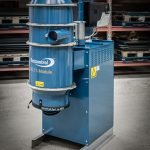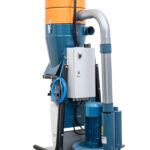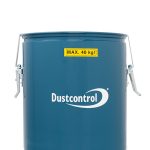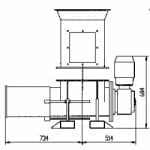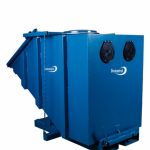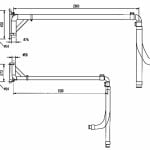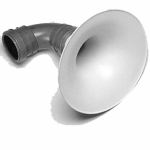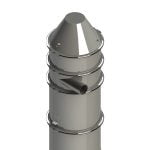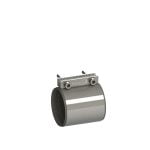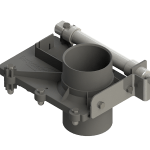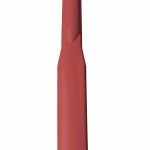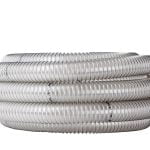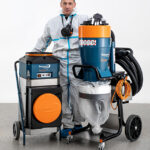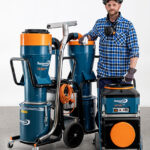Among the many impacts of COVID-19 has been a renewed emphasis on employee well-being. The pandemic has prompted reflections on what it means to be a responsible employer. And also about the extent to which employers have a duty to protect their workforce. Above all this has also reinforced that workplace safety is about more than just avoiding accidents, and that invisible threats can often be the most deadly.
Airborne contaminants certainly fall into this category. As there are a significant cause of death and illness. According to the World Health Organization, 450,000 deaths in 2016 were attributable to occupational particulate matter, gases and fumes – more than the corresponding number of deaths from workplace accidents*.
Deaths due to dust still underestimated
Even though the number of deaths is appalling, the dangers of dust continue to be underestimated. Perhaps it’s because illnesses and deaths caused by dust and other particulates are less visible or dramatic than workplace accidents. And conditions such as chronic obstructive pulmonary disease, silicosis and lung cancer are potentially lethal. However symptoms may not emerge until many years after exposure. Accidents, on the other hand, have immediate, visible consequences, which possibly explains why they are still seen – incorrectly – as the most significant health risk in the workplace.
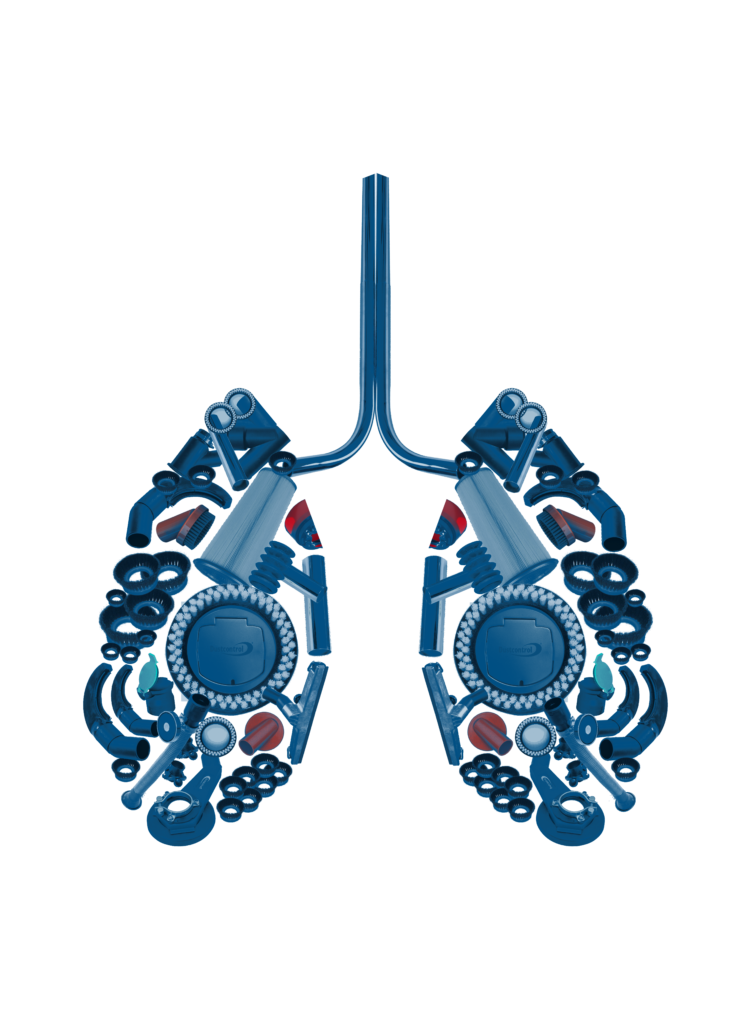
Airborne and invisible particles are the most dangerous one
Smaller dust particles are often more hazardous – in terms of both their combustibility and their potential to cause severe health problems. And also less visible than larger particles. In the past, this had led a counter-intuitive outcome: because of their particle size, some of the most dangerous airborne substances have been more likely to be ignored.
Effective dust control is a sound financial decision
However, in the post-pandemic era, this misjudgement may be becoming less common. The dangers of airborne contamination are more widely understood, and unsafe workplaces are liable to cause companies financial and reputational damage. When you take into account the potential legal penalties and time lost to absenteeism, it has become apparent that effective dust control is a sound financial decision, as well as being ethically and legally vital.
*World Health Organization. (2021). WHO/ILO joint estimates of the work-related burden of disease and injury, 2000–2016: global monitoring report.
Check out the video to learn more about our story. And if you wish to know how to prevent hazardous particles from entering your lungs contact your nearest reseller! Or send an e-mail to support@dustcontrol.se

















